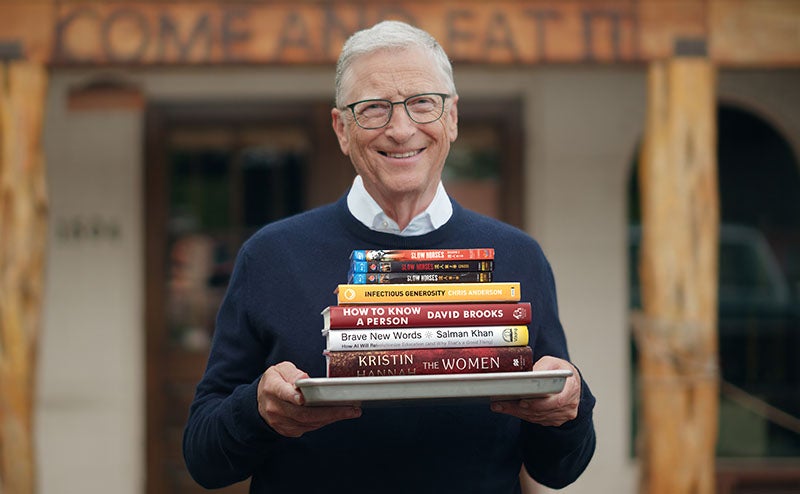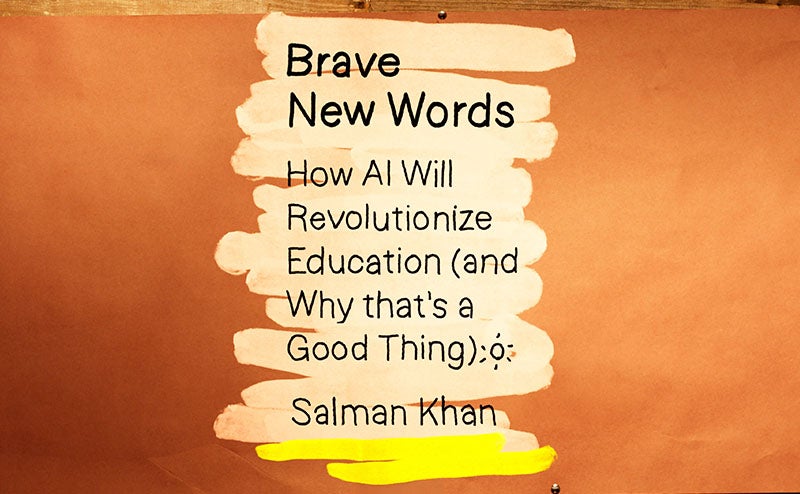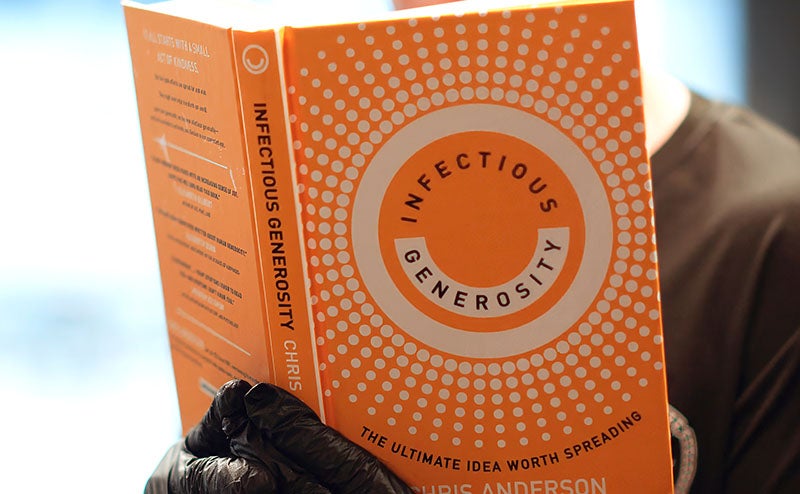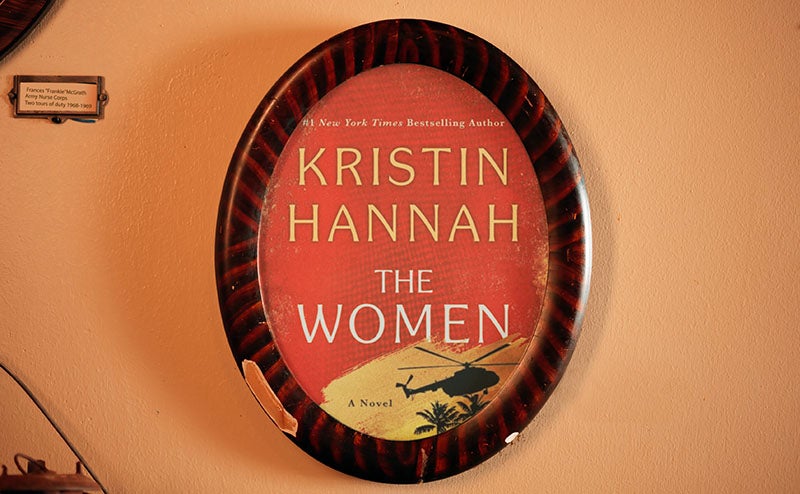The books and TV series on my summer list all touch on the idea of service to others—why we do it, the things that can make it difficult, and why we should do it anyway.
All lives have equal value. But some deaths seem particularly cruel.
When Paul Kalanithi was diagnosed with terminal cancer in 2013, he was a 36-year-old on the verge of making big contributions to the world with his mind and hands. He was a gifted doctor—a chief resident in neurosurgery at Stanford just months away from completing the most grueling training of any clinical field. He was also a brilliant scientist. His postdoctoral research on gene therapy won him his field’s highest research award.
As if that wasn’t enough, he was also a great writer. Before attending medical school, he earned two degrees in English literature from Stanford and gave serious consideration to pursuing writing as a full-time career.
What a talent. What a loss.
I know about Kalanithi’s story because he told it himself in the posthumous When Breath Becomes Air. It’s an amazing book. I was super touched by it, as was Melinda and our daughter Jennifer. In fact, I can say this is the best nonfiction story I’ve read in a long time.
Thanks to this book, the reader gets to know well and like Kalanithi a lot. He brings you not just into his journey as a doctor and then as a patient but also into his role as a husband, which was sorely strained at times by the rigors of his and his wife’s clinical residencies. My emotional investment got particularly strong after Kalanithi and his wife, Lucy, decide to have a child despite (or maybe even because of) Kalanithi’s diagnosis. Kalanithi was there for the delivery, but he was so weak and chilled from chemotherapy that he wasn’t able to put his newborn daughter against his skin. Eight months later, Kalanithi died a few hundred yards away from where his daughter entered the world.
I’m usually not one for tear-jerkers about death and dying—I didn’t love The Last Lecture or Tuesdays with Morrie. But this book definitely earned my admiration—and tears.
I don’t know how anyone could read Lucy’s epilogue, in particular, without choking up. “I visit his grave often, taking a small bottle of Madeira, the wine of our honeymoon destination,” she writes. “Each time, I pour some out on the grass for Paul … and rub the grass as if it were Paul’s hair. Cady visits his grave before her nap, lying on a blanket … grabbing at the flowers we’ve laid down.”
But don’t be put off by the sadness of it all. I should emphasize the other things that drew me to this book.
For one thing, I thoroughly enjoyed Kalanithi’s stories about his surgical training. I’ve always admired doctors. They have to make impossibly hard decisions, and so much of their work has life-and-death implications. Kalanithi illustrates these high stakes well, without sounding like he has a God complex. One story that will stick with every parent who reads this book involves a young patient with a brain tumor. “The difference between tragedy and triumph was defined by one or two millimeters. One day, Matthew, … who had charmed the ward a few years back, was readmitted. His hypothalamus had … been slightly damaged during the operation to remove his tumor; the adorable eight-year-old was now a twelve-year-old monster.”
I was also drawn in by Kalanithi’s eloquent writing. I look up to all doctors, but the ones I’m impressed with most are the ones who are not just gifted healers but also writers. It’s always a shock to me when I find one, but by now it shouldn’t be. Kalanithi is part of a fraternity of amazing writer doctors, including Abraham Verghese (who wrote the foreword to Paul’s book), Siddhartha Mukherjee, and Atul Gawande. Perhaps I should consult a neuroscientist to figure out whether these seemingly disparate talents are somehow linked in the brain.
I am certain I will read When Breath Becomes Air again. This short book has so many layers of meaning and so many interesting juxtapositions—life and death, patient and doctor, son and father, work and family, faith and reason—I know I’ll pick up more insights the second time around.
I don’t know how Kalanithi found the physical strength to write this book while he was so debilitated by the disease and then potent chemotherapy. But I’m so glad he did. He spent his whole brief life searching for meaning in one way or another—through books, writing, medicine, surgery, and science. I’m grateful that, by reading this book, I got to witness a small part of that journey.
I just wish the journey hadn’t been cut so short.





